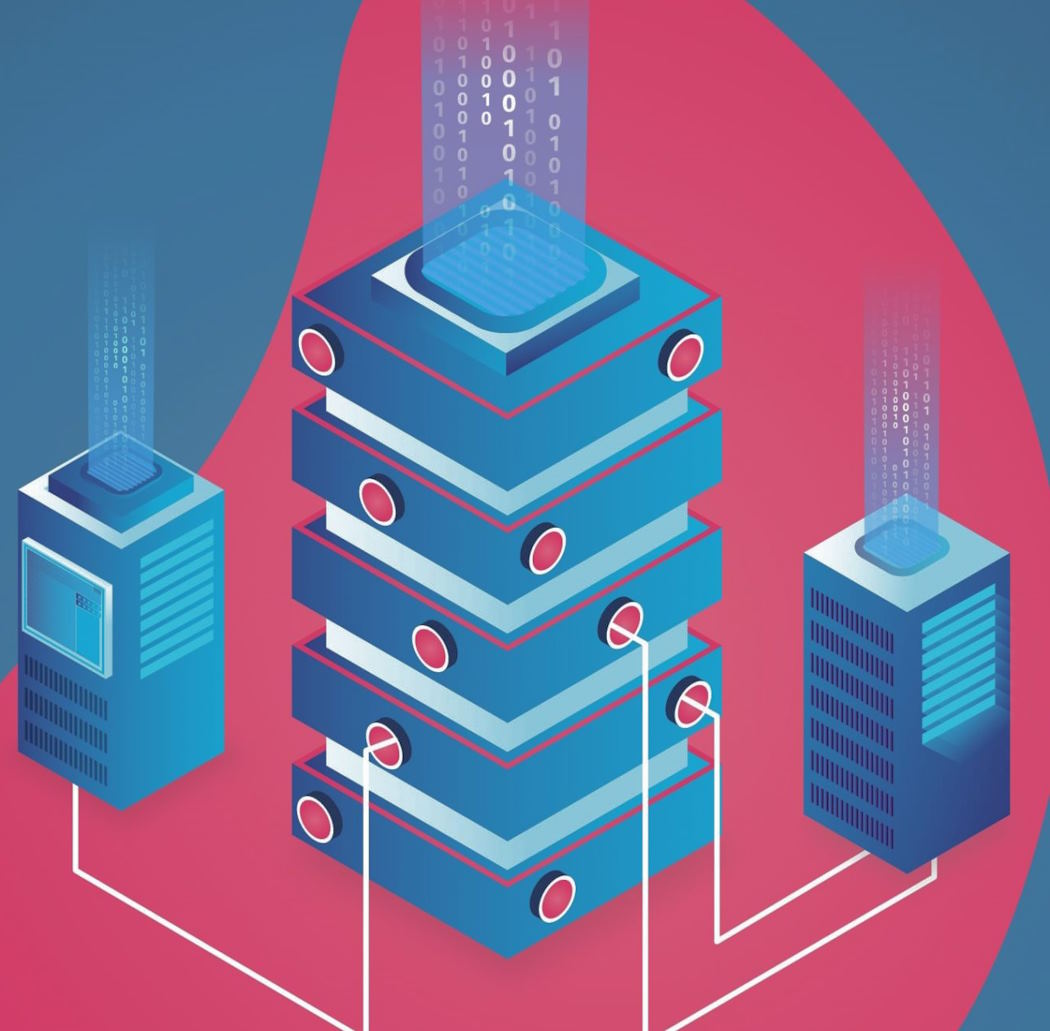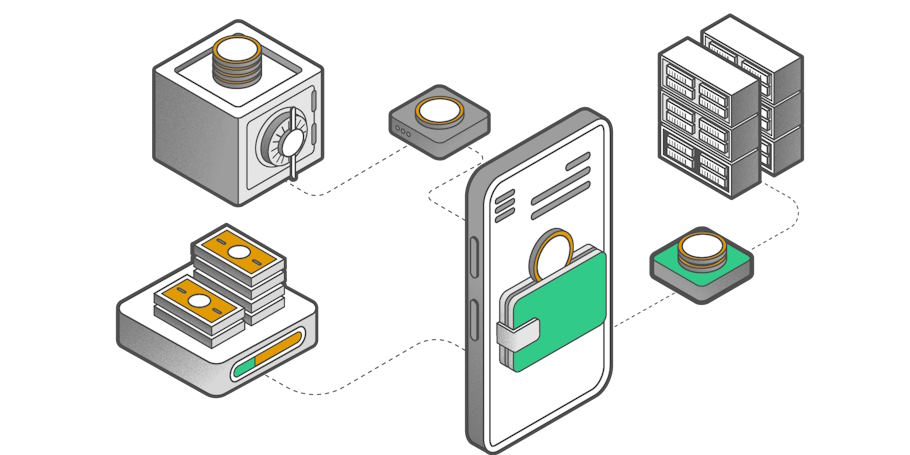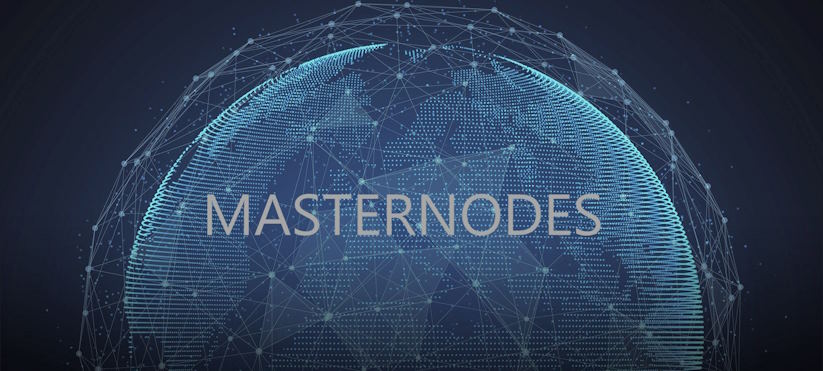Earning Passive Income through Masternodes on Proof-of-Stake Networks
In the rapidly evolving world of cryptocurrency, earning passive income has become an enticing prospect for many investors and enthusiasts. One avenue that has gained considerable attention is the concept of masternodes on proof-of-stake (PoS) networks. Masternodes, a crucial component of blockchain networks, not only contribute to the network’s security and stability but also provide a unique opportunity to generate passive income.
Earning Passive Income through Masternodes
Masternodes, an integral part of proof-of-stake (PoS) networks, present a lucrative opportunity for crypto enthusiasts and investors to generate passive income. But how exactly do masternodes generate income? Let’s explore the mechanisms behind earning passive income through masternodes, the different earning mechanisms and reward structures, as well as the factors that influence masternode profitability.
How masternodes generate income:
 Masternodes generate income by performing essential tasks that contribute to the functioning and security of a blockchain network. These tasks can include validating transactions, facilitating instant and private transactions, and participating in governance and decision-making processes. In return for their services, masternode operators are rewarded with a portion of the block rewards or transaction fees generated on the network.
Masternodes generate income by performing essential tasks that contribute to the functioning and security of a blockchain network. These tasks can include validating transactions, facilitating instant and private transactions, and participating in governance and decision-making processes. In return for their services, masternode operators are rewarded with a portion of the block rewards or transaction fees generated on the network.
Different earning mechanisms and reward structures:
The earning mechanisms and reward structures vary across different PoS networks. Some networks distribute rewards based on a fixed percentage of the block rewards, while others may allocate rewards based on a tiered system where higher-tier masternodes receive a larger share. Additionally, some networks implement mechanisms like collateral lock-up and time-based requirements to ensure the commitment and stability of masternode operators.
Factors influencing masternode profitability:
Several factors influence the profitability of masternodes. The price and demand for the network’s native cryptocurrency directly impact the value of the rewards earned. The number of masternodes in the network also plays a role since higher competition can result in reduced individual rewards. Network stability, development activity, and the overall growth and adoption of the network are additional factors that can affect masternode profitability.
Managing and Maintaining Masternodes
Once you have set up your masternode and started earning passive income, it’s crucial to actively manage and maintain your masternodes to ensure their optimal performance and security. Let’s explore the key aspects of managing and maintaining masternodes, including monitoring their performance, implementing security measures and best practices, and troubleshooting common issues and challenges.

Monitoring the performance of masternodes:
Regularly monitoring the performance of your masternodes is essential to identify any potential issues or anomalies. This includes tracking important metrics such as uptime, block production, and network connectivity. Utilizing monitoring tools and platforms specifically designed for masternodes can help you stay informed about your masternode’s performance and take necessary actions in case of any discrepancies.
Security measures and best practices:
Ensuring the security of your masternodes is of utmost importance to protect your investment and earnings. Implementing best practices such as employing strong and unique passwords, enabling two-factor authentication, and regularly updating your masternode software are essential steps to mitigate security risks. Additionally, running your masternode on a dedicated server or using hardware wallets to store your collateral can enhance the security of your funds.
Troubleshooting common issues and challenges:
While masternodes can be a reliable source of passive income, they may encounter occasional issues or challenges. It’s crucial to be prepared to troubleshoot and resolve these problems promptly. Common issues may include connectivity problems, synchronization errors, or masternode disqualifications. Staying connected with the masternode community, actively participating in relevant forums, and seeking assistance from experienced masternode operators can be valuable resources for troubleshooting and finding solutions.

